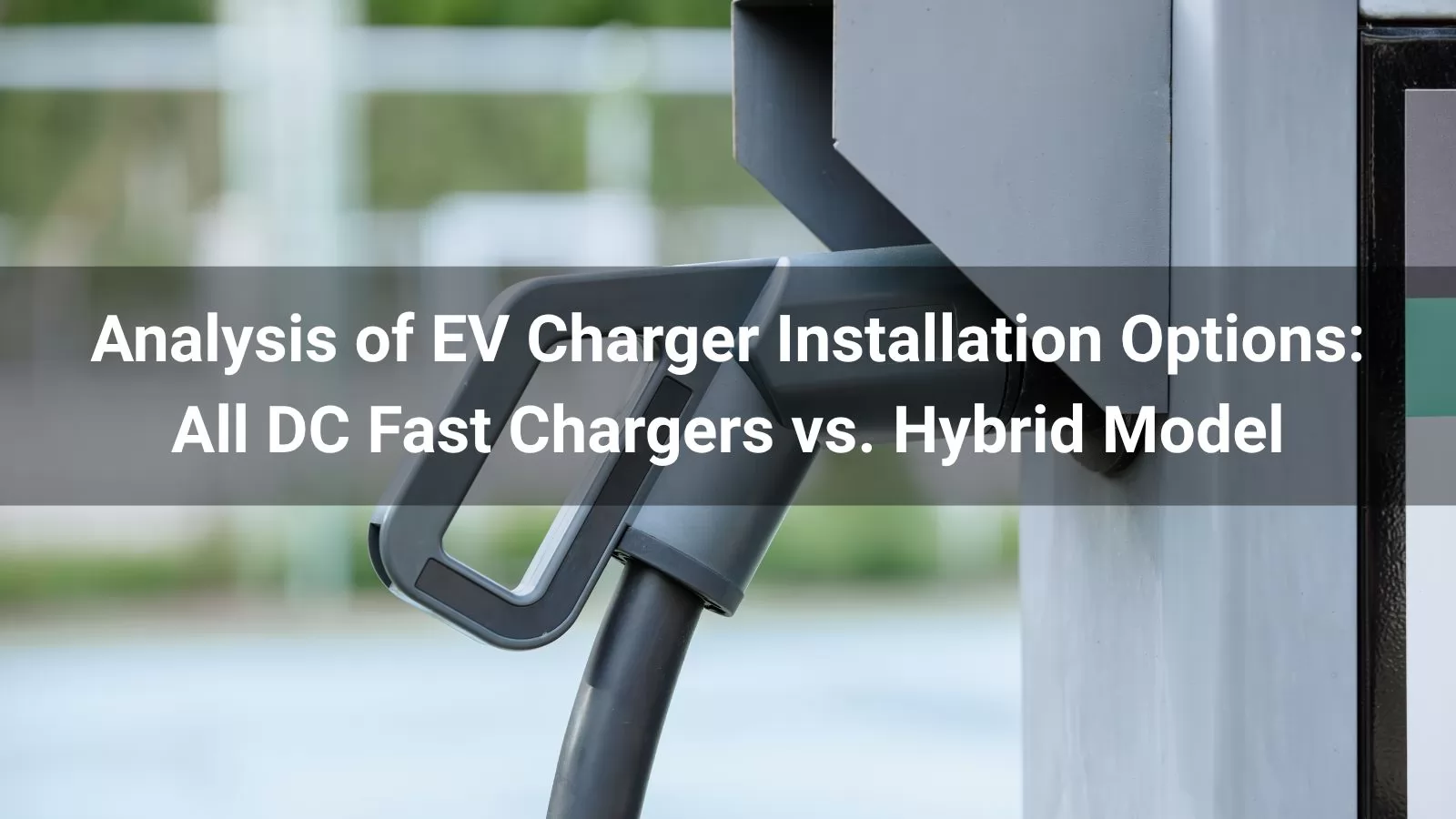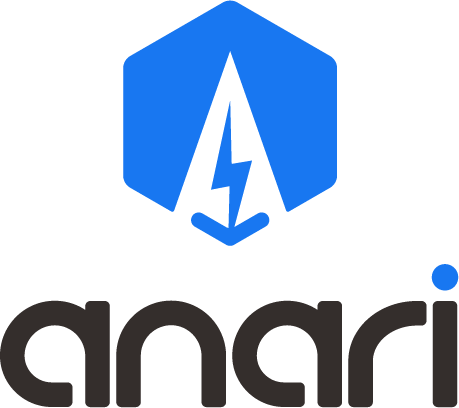
For a comprehensive service station combining fuel/gas with a 3-story, 30-room hotel, EV chargers are not just a new revenue stream but a strategic tool to attract customers and increase overall profitability. This analysis evaluates two proposed setups—installing ten 120kW DC fast chargers or a hybrid installation (five 120kW DC + five 30kW DC/AC chargers)—from the perspectives of Return on Investment (ROI) and customer experience.
Advantages:
High Revenue Potential per Charger: As a mainstream fast-charging standard, 120kW chargers generate significant service fee revenue due to their high charging speed, allowing faster vehicle turnover during peak hours, maximizing earnings.
Strong Market Positioning: Establishing the station as a "high-power charging hub" attracts time-sensitive EV owners, including premium customers and commercial fleets (e.g., ride-hailing, taxis), making it a go-to location.
Future-Proofing: As EV battery technology advances and acceptance rates increase, a full 120kW setup is better positioned to meet future demands for the next 3-5 years.
Disadvantages/Risks:
Substantial Initial Investment: The primary cost challenge is not just the chargers but the electrical grid capacity upgrade. Ten 120kW chargers demand a peak load of 1,200kW, potentially leading to exorbitant grid upgrade costs, often surpassing equipment costs.
Higher Operational Costs: High-power charging imposes greater strain on components, increasing maintenance expenses. Utility demand charges can also become a significant ongoing cost.
Longer and Uncertain Payback Period: The high initial investment requires consistently high daily utilization to break even. Insufficient customer traffic leads to idle equipment, resulting in poor ROI and higher financial risk.
Advantages:
Optimal Speed: Meets the core "charge-and-go" need for all customers. Most EVs can reach an 80% charge in 30-40 minutes, providing a seamless, anxiety-free experience.
Service Consistency: With all spots being fast chargers, the user experience is simple and straightforward, eliminating confusion or competition for the fastest chargers.
Disadvantages:
Weak Synergy with Hotel Business: Fast-charging users typically leave after charging, limiting opportunities to funnel them into the hotel, convenience store, or other services, underutilizing the accommodation asset.
Potential for Congestion: High vehicle turnover can create management challenges, leading to queues and internal traffic jams when the station is at full capacity.
Potential for a Mismatched Experience: Overnight guests who wish to charge while sleeping are forced to use expensive fast chargers and must move their vehicle after charging, which is inconvenient. The 120kW power is excessive for their needs.
Advantages:
Significantly Lower Initial Investment & Risk:
Reduced Grid Upgrade Burden: The total power requirement for five 120kW and five 30kW chargers (750kW) is substantially lower than the all-fast option, saving significantly on grid upgrade costs.
Optimized Equipment Cost: 30kW DC or high-power AC chargers (e.g., 22kW) are far less expensive than 120kW DC units.
Precise Demand Matching & Enhanced Overall Yield:
Tiered Service Model: The 120kW chargers serve "transient customers," aiming for high turnover and direct revenue. The slower chargers serve "resident customers" (hotel guests), aiming for longer sessions that drive overall spending.
Creates Synergistic Revenue: This is the core advantage. Guiding hotel guests to use slower chargers turns the 6-8 hour charging session into an opportunity to spend on lodging, dining, and shopping. The chargers become a "hook" to attract guests, extend dwell time, and increase total spend per visit.
More Economical Operation & Maintenance: Lower-power chargers are generally simpler, more reliable, and cheaper to maintain.
Disadvantages/Risks:
Increased Management Complexity: Clear signage and potential policies are needed to prevent non-guests from occupying slower chargers for extended periods.
Slightly Less Impactful Branding: The "all-fast-charging" image is more potent for marketing to a specific, high-end segment.
Advantages:
Diverse and Targeted Services:
Passing travelers get the speed they need with the 120kW chargers.
Overnight guests enjoy the ideal "charge while you sleep" experience, waking up to a full battery, often at a lower cost (if a differentiated pricing strategy is applied). This achieves the perfect "park once" convenience.
Optimizes Station Flow: Directing long-dwell vehicles to dedicated slower chargers prevents them from blocking fast-charging stalls, improving efficiency and the experience for all users.
Increases Customer Satisfaction & Loyalty: Providing added value for hotel guests boosts retention and encourages positive word-of-mouth.
Disadvantages:
Requires Customer Guidance: Some users may not intuitively understand the difference, requiring clear communication to help them choose the right charger for their needs.
Given the unique context of operating a hotel, the Hybrid Model is overwhelmingly superior from both an investment and customer experience standpoint.
The Core Rationale: Your business is not merely a "charging station" but an "energy and hospitality" hub. Your charging infrastructure should work in synergy with your core services, not in isolation.
Refined Hybrid Strategy:
Clear Zoning and Signage:
Fast-Charging Zone (5 x 120kW DC): Clearly marked as "Express Charging," with a suggested time limit. Targets road trippers and those in a hurry.
Destination Charging Zone (5 x AC/Slower DC): Marked as "Preferred for Hotel Guests," integrated with the front desk. Consider offering "Stay & Charge" packages.
Flexible Pricing Strategy:
Fast-Charging Zone: Standard or premium service fee, monetizing speed and turnover.
Destination Charging Zone: A lower service fee, or offer discounted/free charging as an incentive for hotel guests to drive occupancy.
Phased Investment to Mitigate Risk:
Phase 1: Implement a smaller hybrid setup (e.g., 3 x 120kW + 5 x AC). Monitor usage data and customer behavior.
Phase 2: If demand for fast charging consistently exceeds supply, expand by adding the remaining two 120kW DC chargers. This "crawl-walk-run" approach significantly de-risks the initial investment.
The all-120kW model is like a coffee shop that only offers takeaway—it's fast but has limited ability to increase customer spend or loyalty. The hybrid model, in contrast, is like a café with both a "grab-and-go" counter and a comfortable seating area. It captures revenue from quick transactions while leveraging the in-store experience to maximize per-customer value.
For this business, with its inherent advantage of a hotel, the hybrid model is unequivocally the smarter choice to leverage integrated assets and maximize ROI.
Here we recommend two products from Anari Energy, Vulco DC Series and Gaia AC Series, highly suitable for the deployment of small and medium-sized operators.




